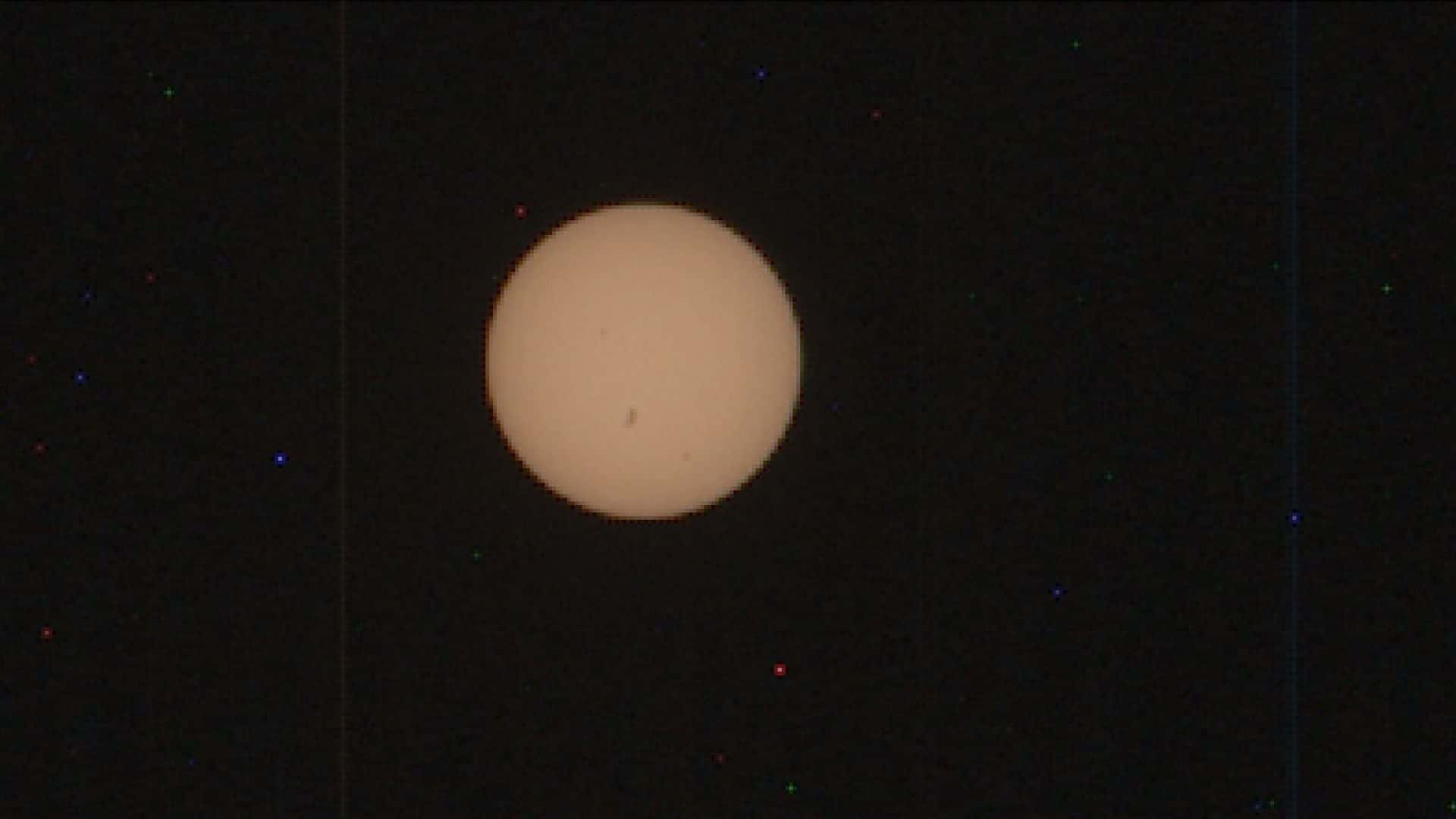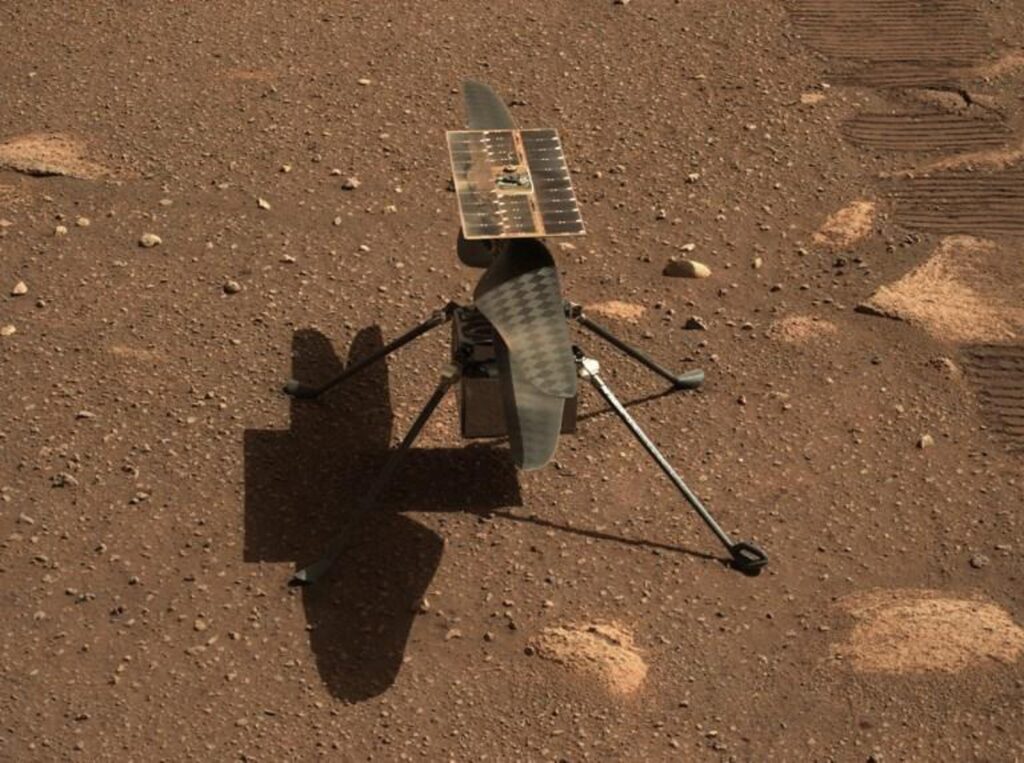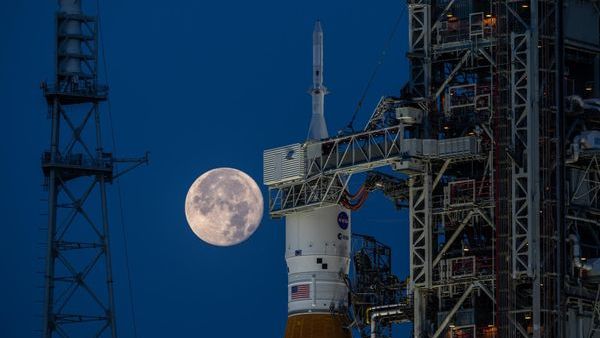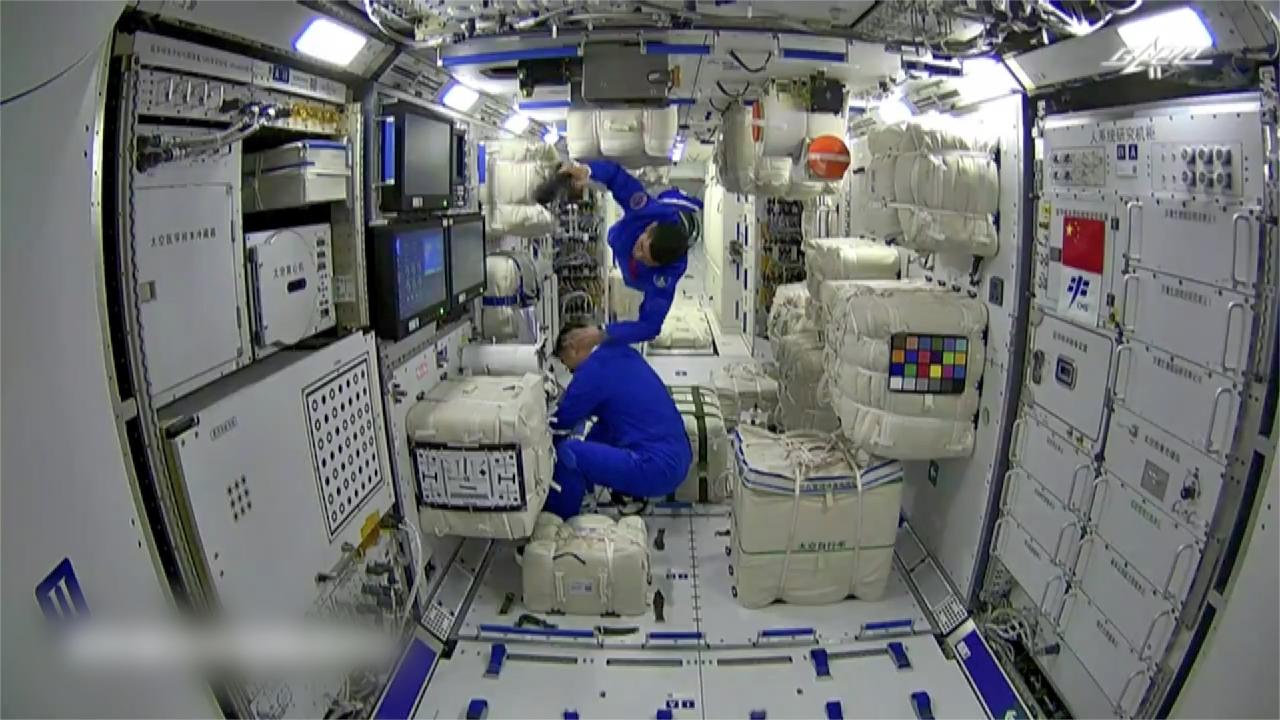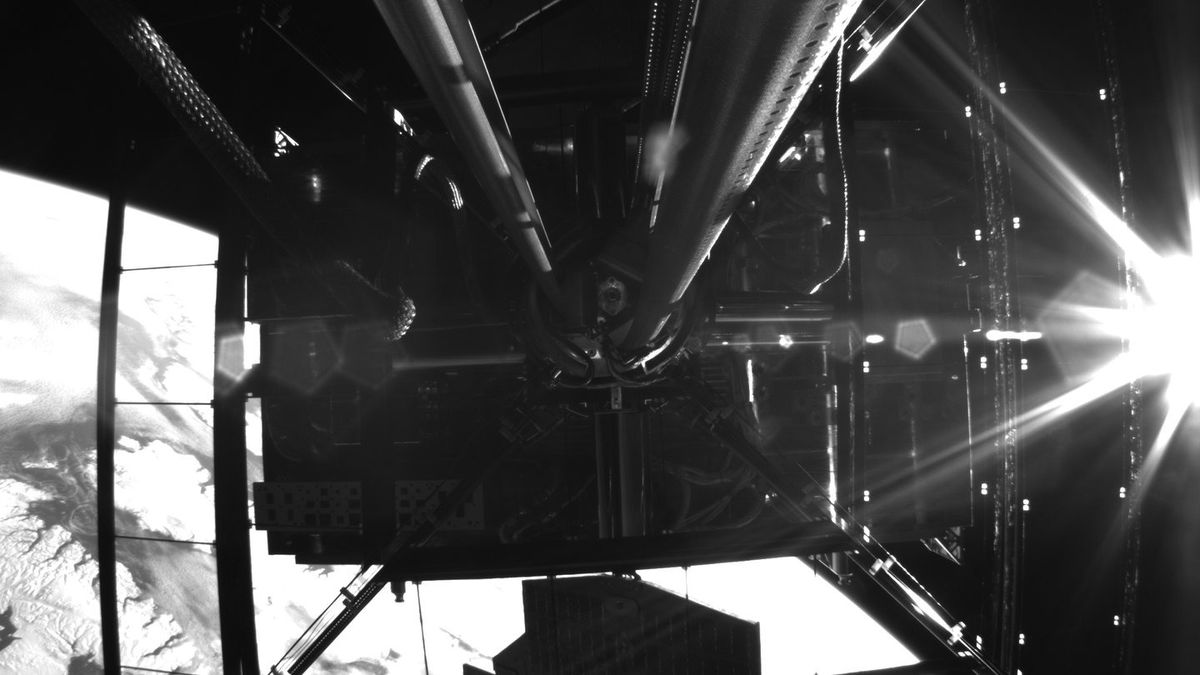The sunspot should be visible from Earth in a few days. We get a sneak preview of an exciting region of the sun that is not yet visible from Earth thanks to NASA’s Perseverance Mars rover.
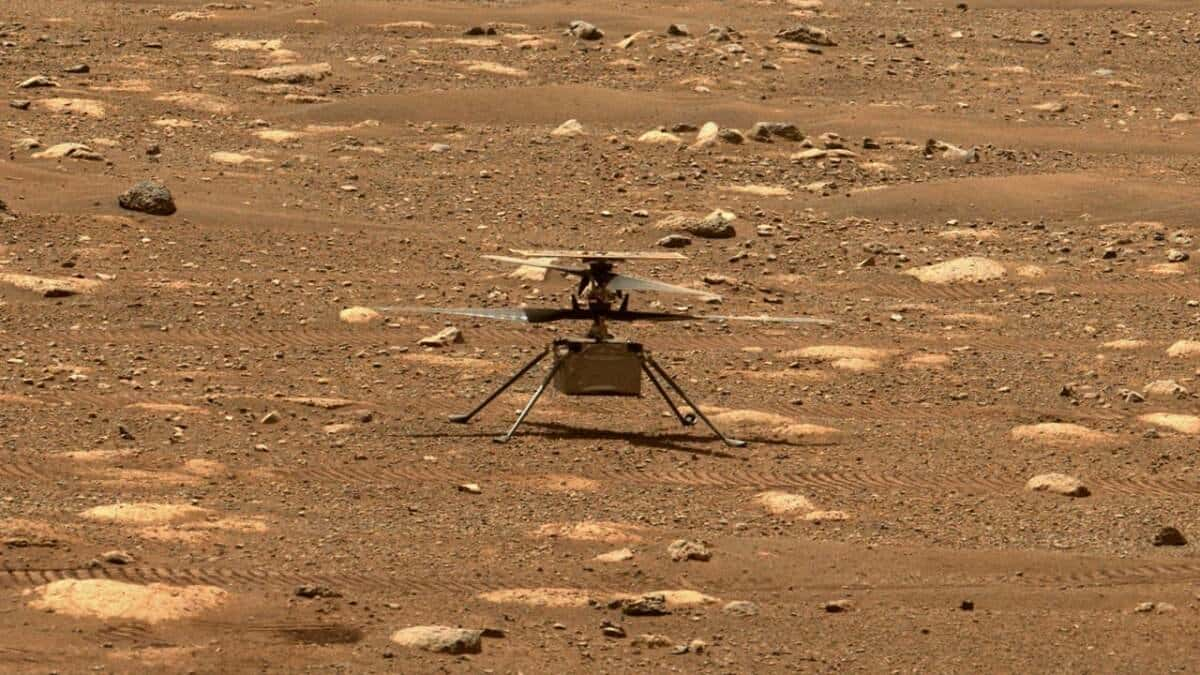
Perseverance may detect incoming sunspots more than a week before we can
Perseverance uses its Mastcam-Z camera system to take daily photos of the sun in order to measure the amount of dust in the Martian atmosphere. As reported by SpaceWeather.com, such an endeavor managed to record a large sunspot travelling over the solar disk late last week and over the weekend.
In an articel from Space.com stated that because Mars is rotating over the far side of the sun, Perseverance may detect incoming sunspots more than a week before we can, according to a report by SpaceWeather.com featuring the sunspot photographs. Take this as your one-week notice that a large sunspot is approaching.
Sunspots are regions of the sun where the magnetic field is extremely strong and are generally chilly and black.
READ ALSO: 22 Starlink Satellites Launch And A Rocket Lands At Sea, Spacex
Perseverance is investigating the Jezero Crater bottom on Mars
These patches are often referred to as active zones because they frequently act as the starting point for solar flares and coronal mass ejections.
Tracking the evolution of sunspots is more than simply of academic interest because solar flares and CMEs that strike Earth can, among other things, interfere with satellite navigation and interrupt power networks.
Sun-gazing is, of course, a side-effect of perseverance. The rover’s primary duties include searching for signs of Martian life and gathering numerous samples, which will be brought back to Earth by a combined NASA-European Space Agency mission starting sometime in the following ten years.
In a report from MSN, Perseverance is investigating the Jezero Crater bottom on Mars, which once housed a sizable lake and a river delta. The car-sized rover and the tiny Ingenuity aircraft touched down inside the 45-kilometer (28-mile) broad crater in February 2021.
Although Ingenuity was intended to be a technology demonstrator, it has grown beyond expectations to become much more. It has completed an incredible 55 flights to the Red Planet and is currently acting as a scout for the Perseverance crew.
READ ALSO: NASA’s spacecraft photographs Jupiter’s green glowing dot
